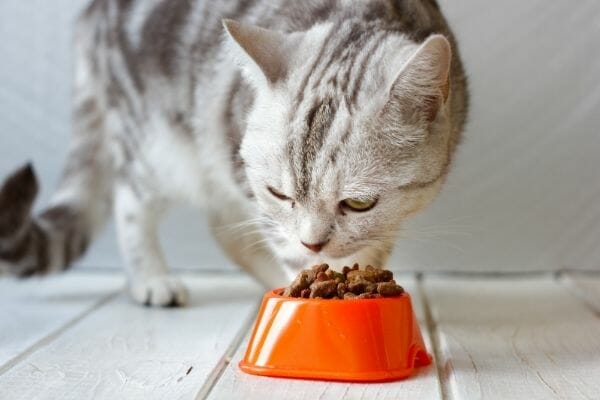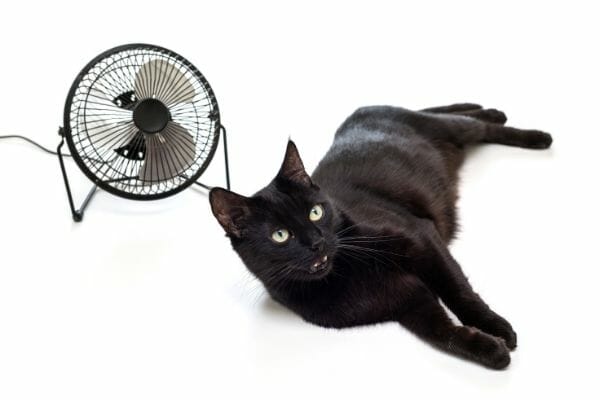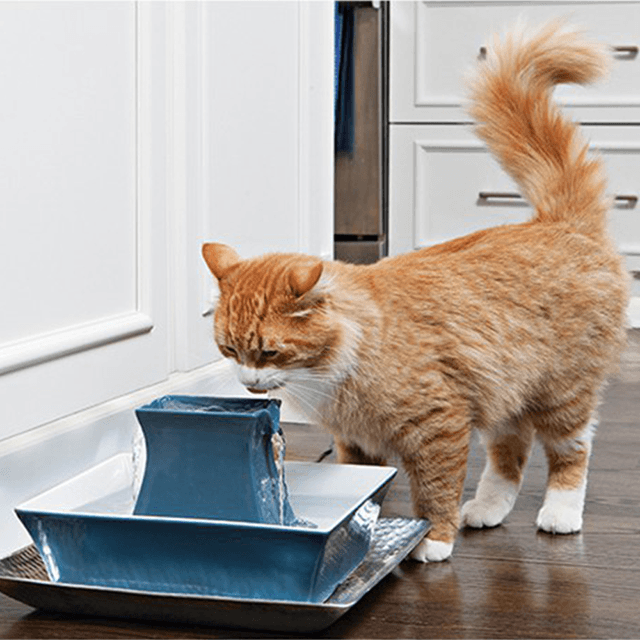Have you ever stopped and noticed how many times your cat pees in a day? Urinating is a necessary bodily process that has several essential functions. It helps get rid of waste products after food is converted into energy. It also helps maintain the delicate balance of water and electrolytes in your cat’s body. When your cat pees, her urinary system processes vitamin D and produces much-needed erythropoietin and renin. These help produce blood cells, maintain healthy blood pressure, and absorb salt correctly.
So how many trips to the litter box in a day are considered normal for a cat? There are no hard and fast rules, but most sources mention a healthy urination range of two to six times a day depending on a number of factors. These include:
1 Age
The younger your cat is, the more times she’ll spend peeing in (or even outside) the litter box. Metabolism is the factor at play, making older and senior cats process food and burn calories slower, thus making them pee less.
2 Water intake
The average 10-pound cat drinks about one cup of water a day. Cats who consume more water will likely take more trips to the litter box. If your cat isn’t keen on drinking water, you can use a flowing water source that will urge her to drink more.
3 Diet
Cats who eat canned cat food, frozen or thawed food, and homemade wet food with water mixed into it will urinate more often than cats who consume dry kibble. Make it a point to mix things up so your cat stays hydrated with the help of her meals.

4 Existing medical conditions
Cats with illnesses may pee less or more times than usual. Feline lower urinary tract disease (which usually happens to male cats), idiopathic cystitis, or cancer can make it challenging for your pet to release urine. Meanwhile, kidney diseases, diabetes, or hyperthyroidism can make your cat urinate frequently.
5 Cat medication
On a similar note, certain medication can cause your cat to pee more. Commonly used to lower inflammation or treat allergies, corticosteroids are known to make cats urinate more often.
6 Heat and humidity
When temperatures rise, your cat will try to stay cool by drinking more water and alleviating her thirst. Help her cool down by keeping her well-groomed, applying a damp towel over her fur, or placing a small fan near her favourite spot.

7 Stress
Any major changes at home can cause your cat’s peeing habits to change drastically. A new pet or a change in the location of her litter box can make it harder for her to pee. Alternately, she may be peeing everywhere to mark her territory.
In conclusion
Now that you know what factors might affect your cat’s peeing habits, take a few days to observe how many times she goes in a day. If there are any sudden changes in her habits as well as the appearance and smell of her pee, speak with your veterinarian. If your cat doesn’t urinate for more than 24 hours, go to the vet immediately. Report your observations about your cat’s health and disposition, and follow your vet’s advice on the proper course of action.
Confused about your cat’s behaviour? We share surprising reasons why cats bite and knead.

Leave a comment
Your email address will not be published. All fields are required.